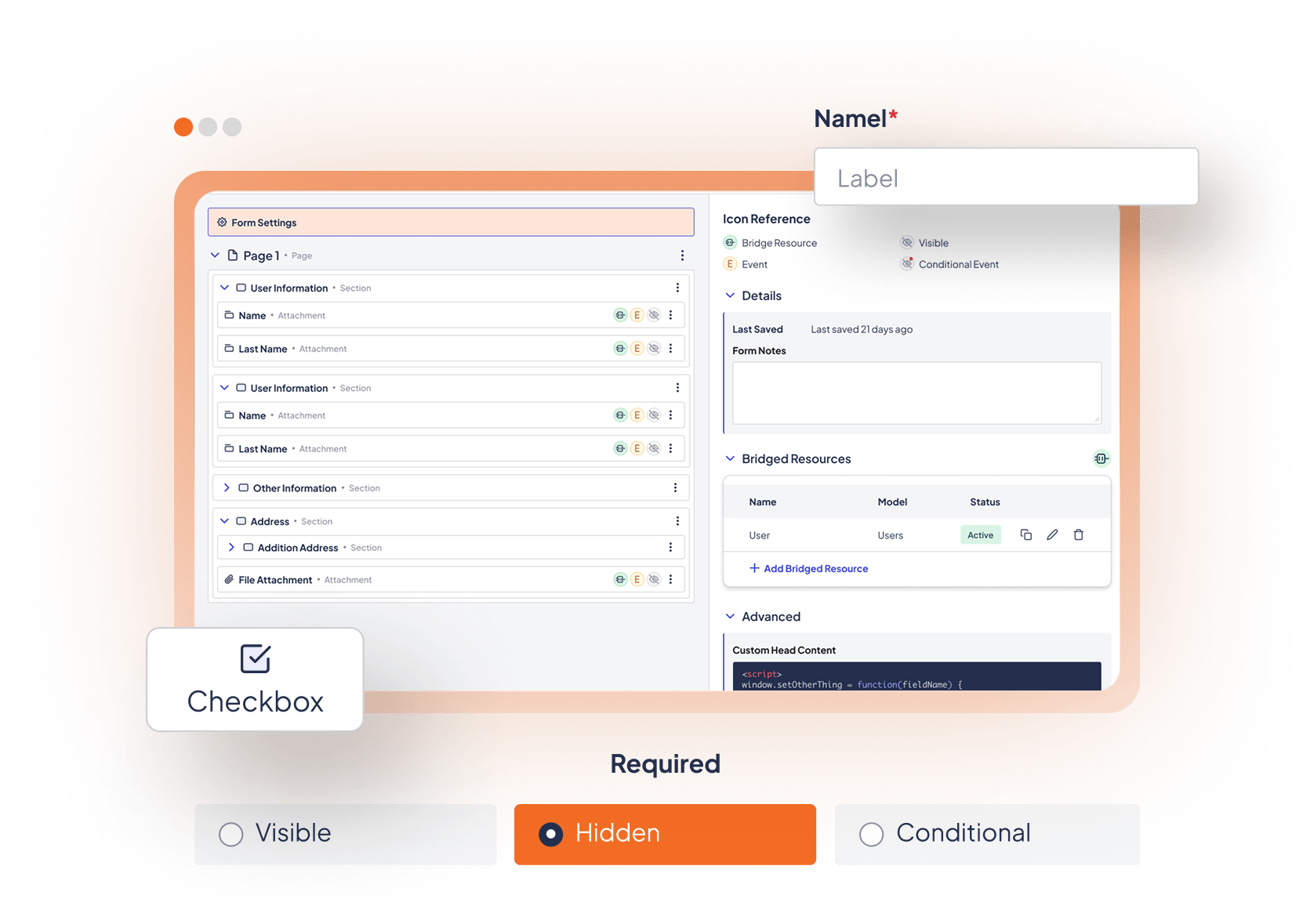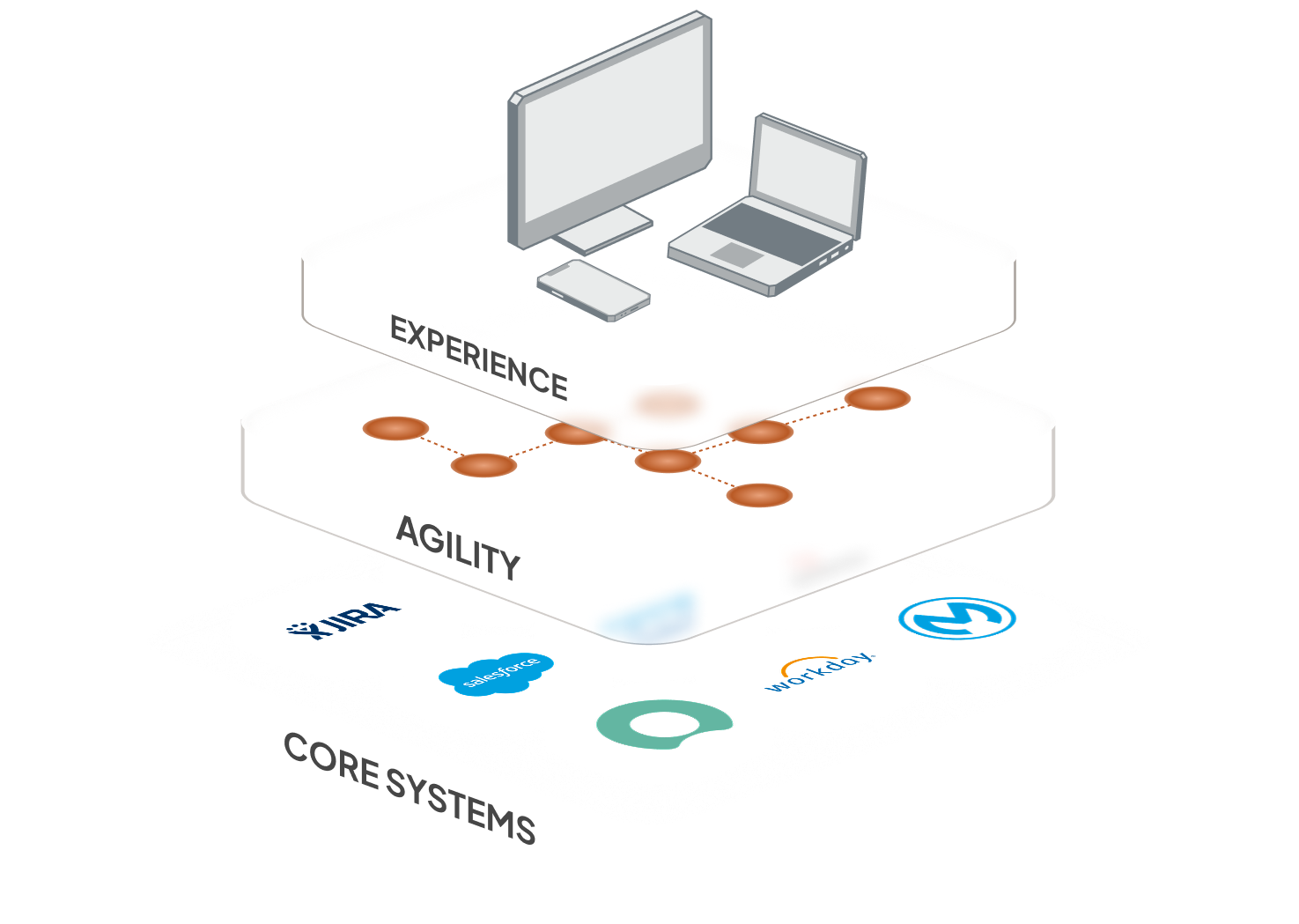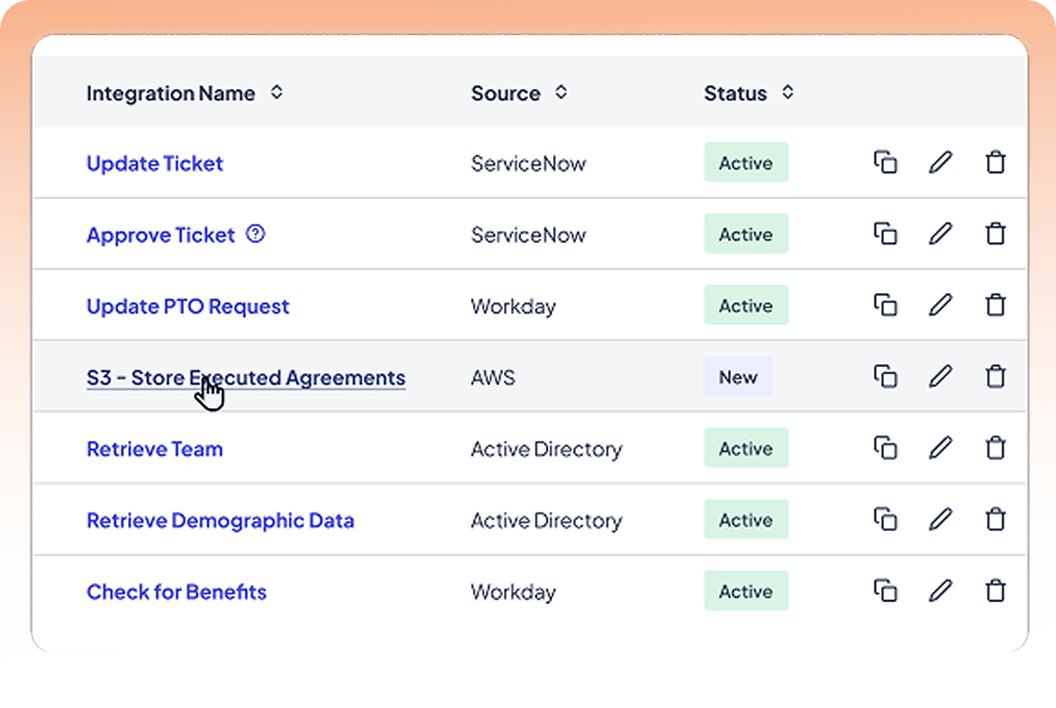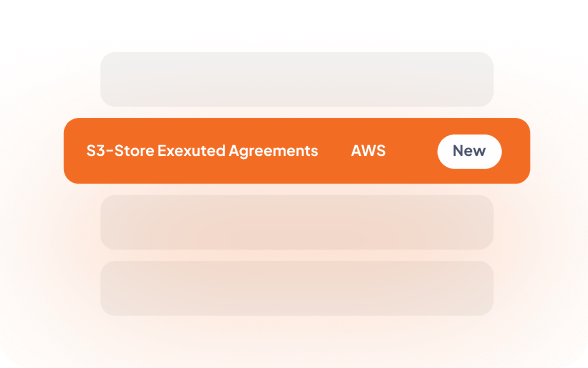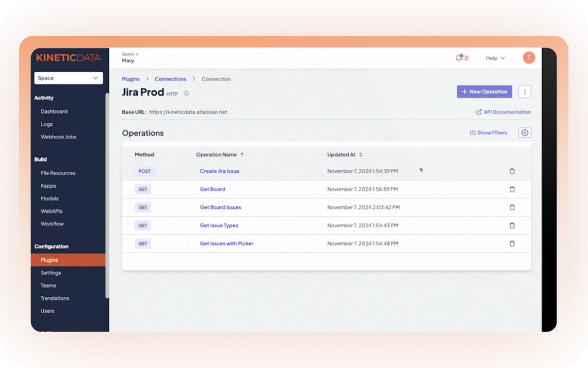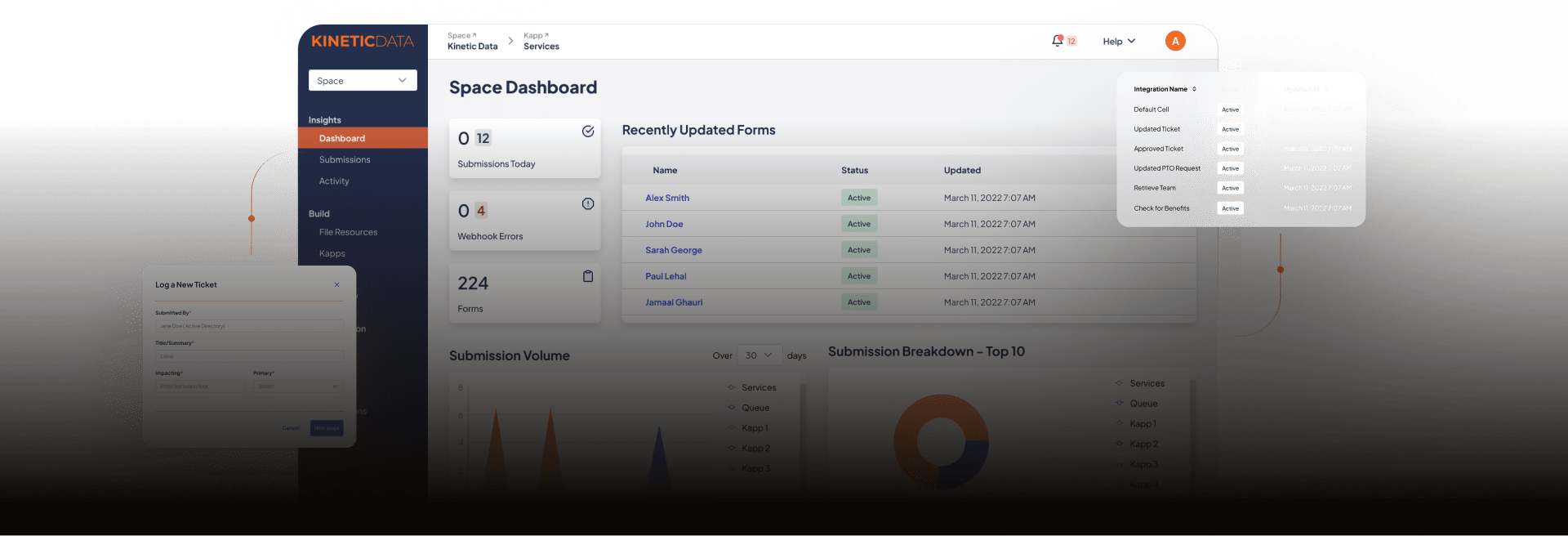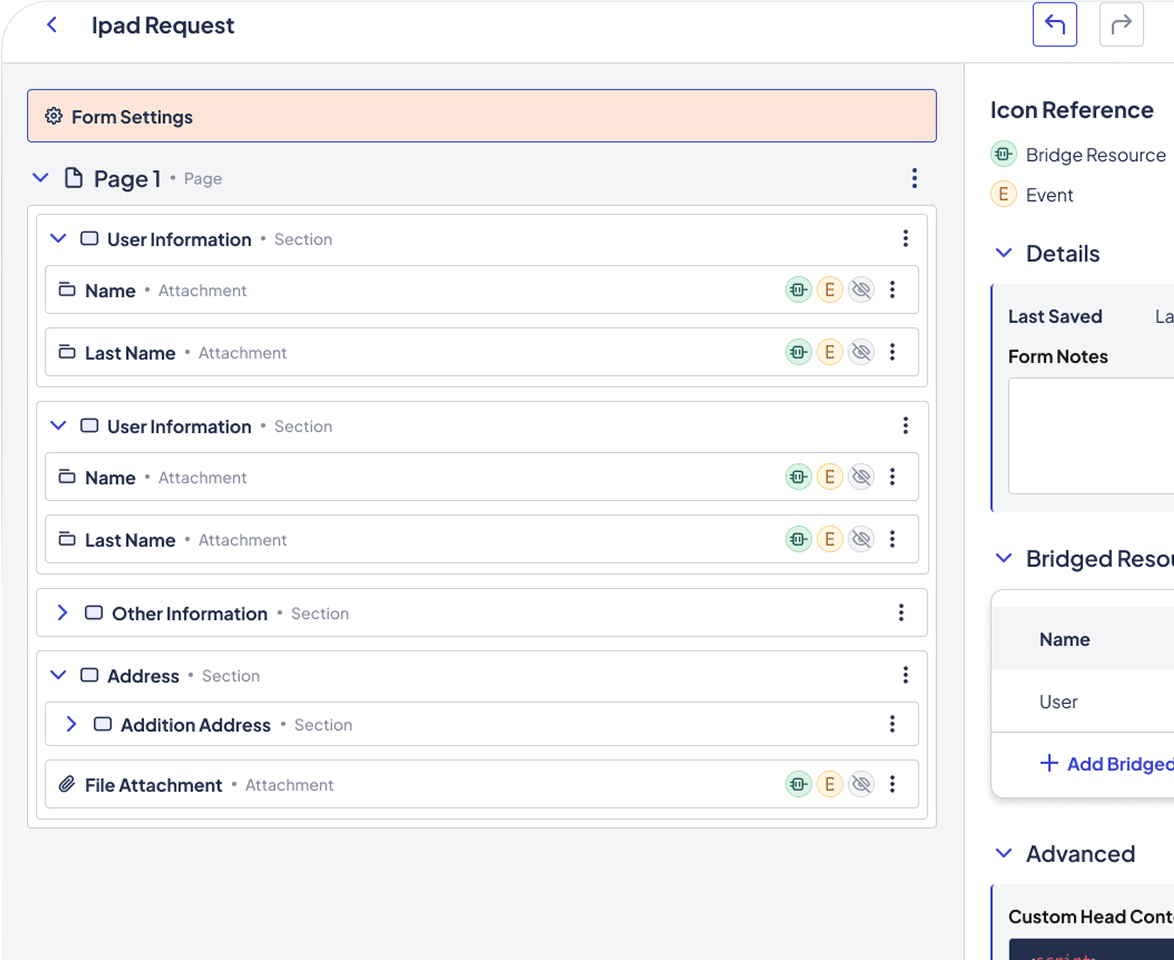Kinetic Forms capture and govern enterprise data across every process—empowering teams to design dynamic, reusable forms that feed workflows, APIs, and portals.
Forms are where orchestration begins. They collect the information that drives automation, decisions, and outcomes across the enterprise. With Kinetic, forms evolve from static input screens into intelligent, governed data engines that keep processes flowing.
